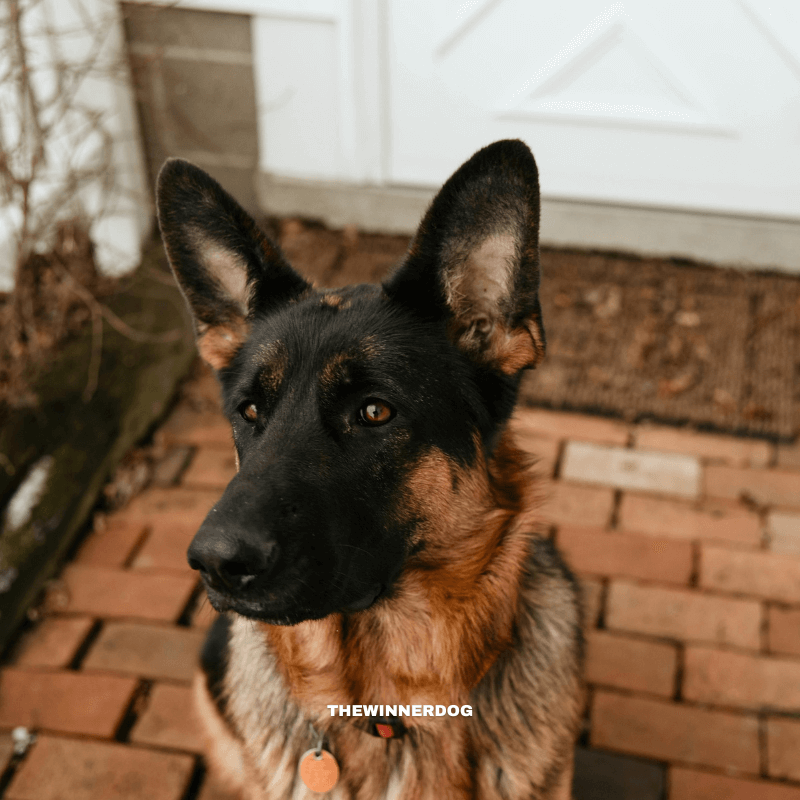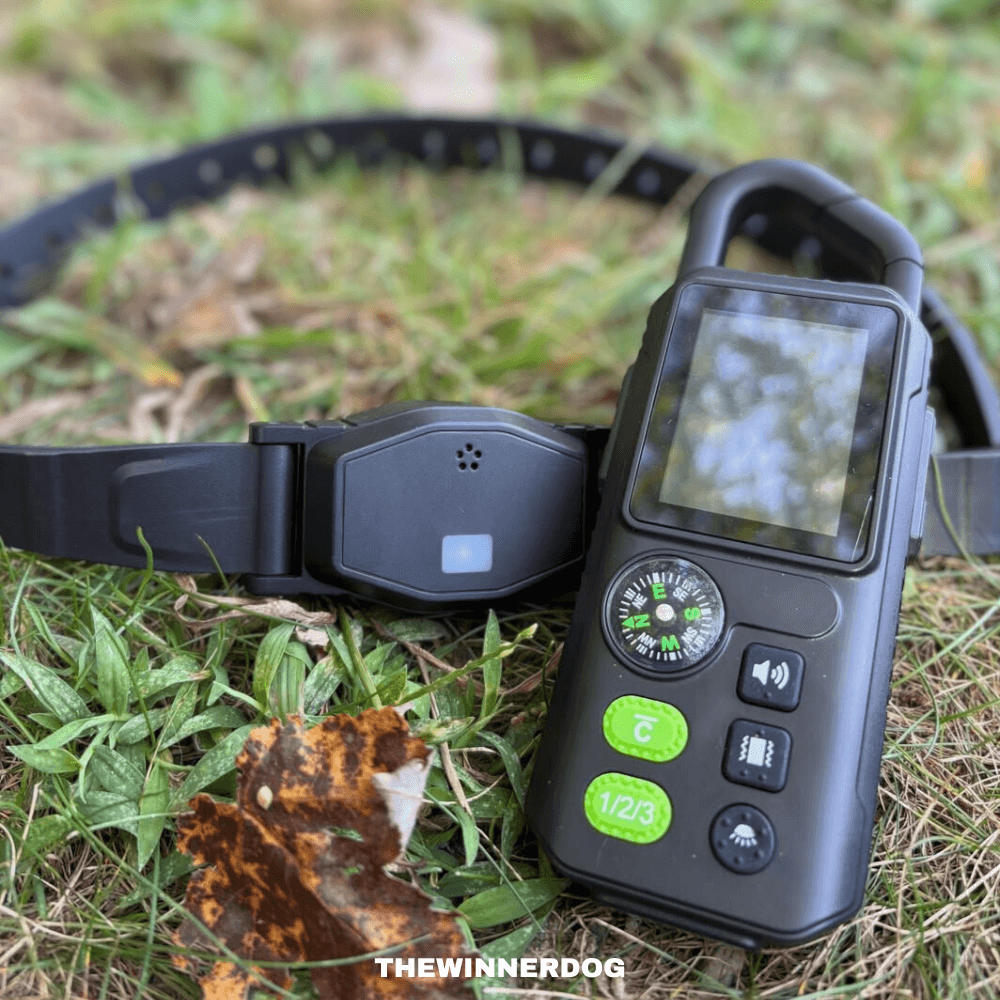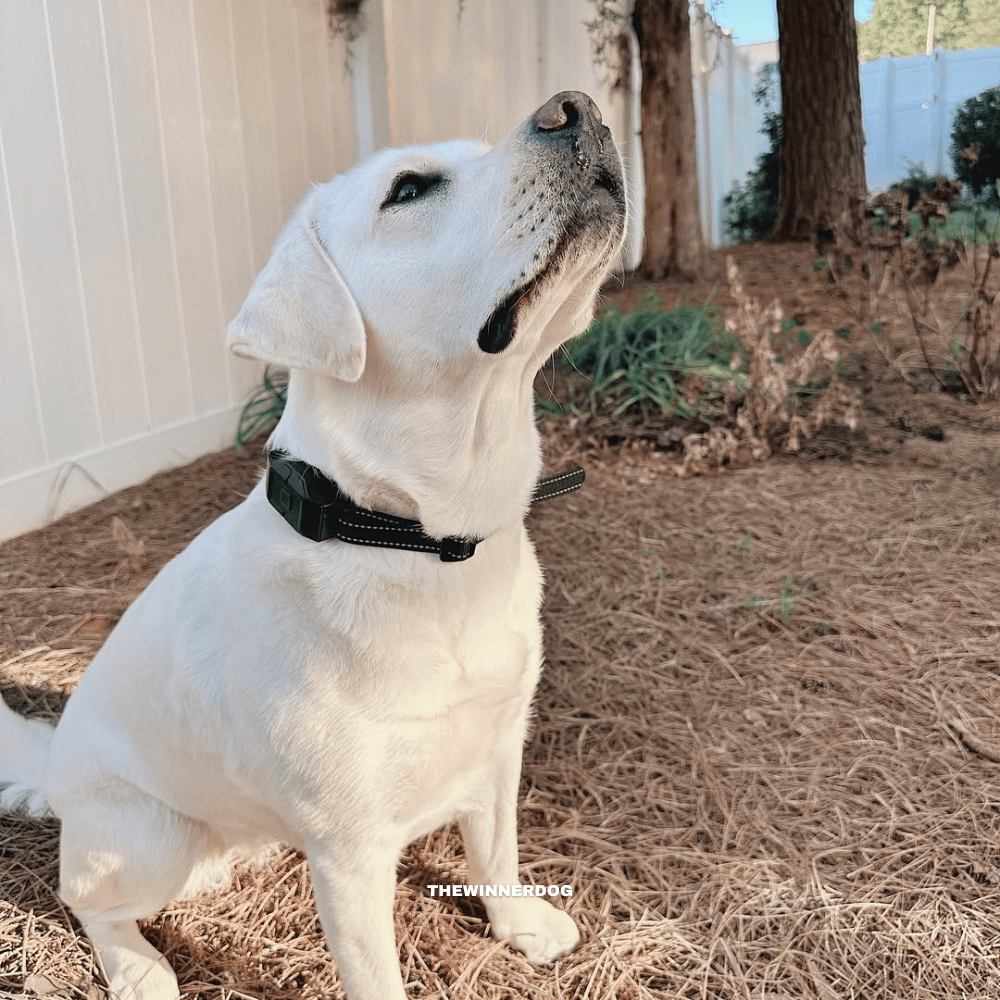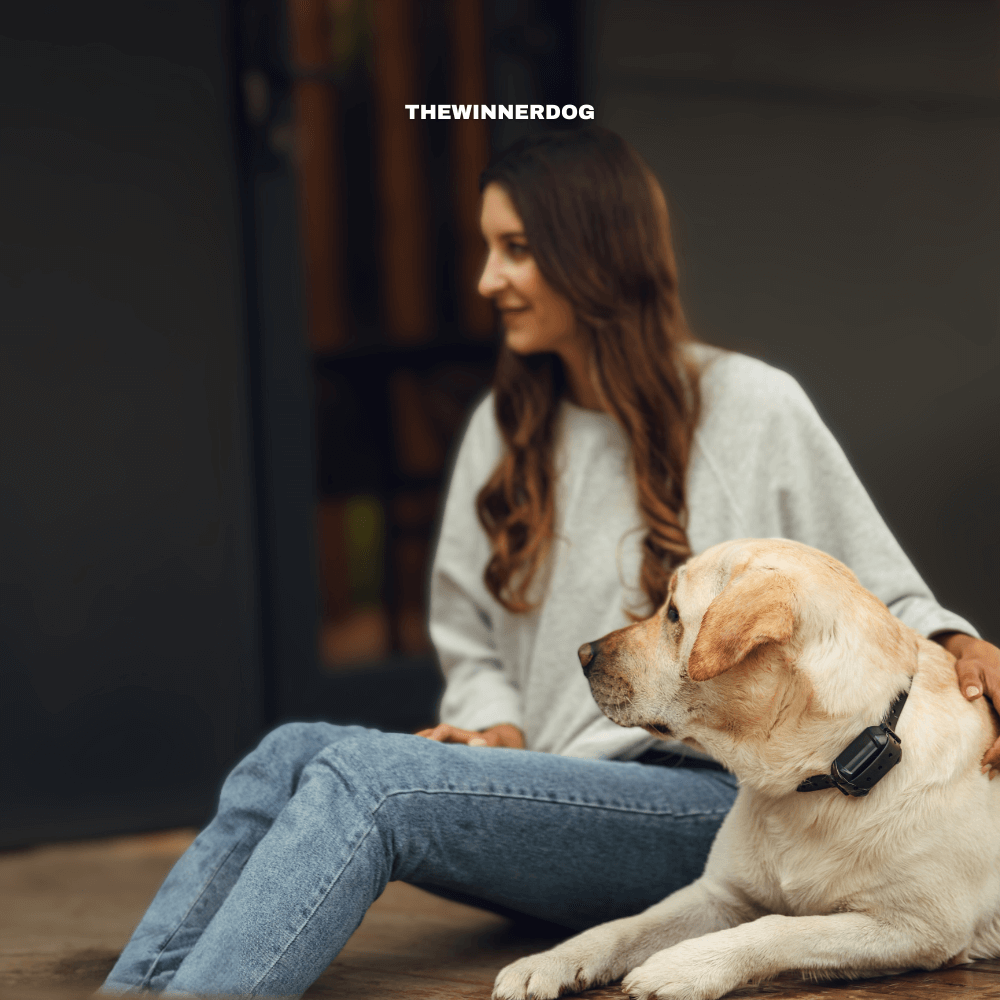- Home
- Best Wireless Electric Dog Fence
- Training Your Dog to Use a Wireless Dog Fence: Step-by-Step Guide
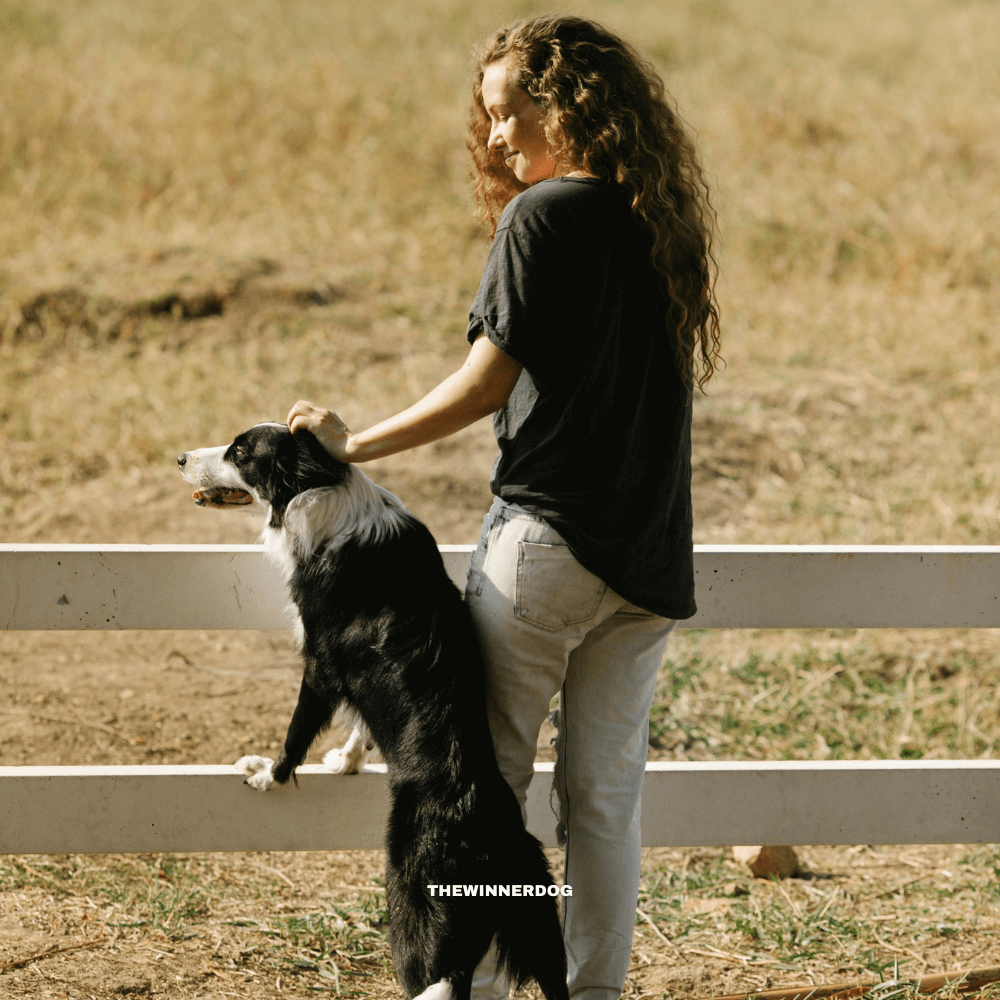
Training Your Dog to Use a Wireless Dog Fence: Step-by-Step Guide
Wireless Dog Fence Training - Children’s Notice & Parent Guidance
Important: A wireless dog fence is not a physical barrier. Before full-time use, dogs must complete a structured, positive training program. Plan for at least 14 days (adjust for your dog’s temperament and learning pace).
I. Precautions (Read First)
-
Watch for stress and slow down when needed
If you see signs of stress, extend the timeline, shorten sessions, or add more play inside the safe zone.
Common signs: pinned ears, tucked tail, low posture, stiffness/over-arousal, pacing, excessive scanning. -
End every session on a positive success
Before finishing, ensure your dog is calm near the boundary flags and returns to the safe zone confidently. Training should be fun, fair, consistent, and clear. -
Session design
Run 10–15 minute sessions. Short and frequent beats long and rare. Even if early progress looks great, complete the full plan to cement the behavior. - Fit & handling safety
- Remove the collar after each session.
- Control your dog with a separate flat collar + leash; don’t let the leash press on the e-collar.
- If you must take your dog outside the safe radius (vet trip, etc.), remove the training collar and escort on leash or by car so you don’t confuse the boundary rule.
II. Fence Setup
-
Initialize the system
Follow your model’s user manual to set up the receiver;
Model tips:
- WDF830 Plus: excels in open-sky areas, travel/RV, multi-property use.
- WDF700 Plus: a solid daily-yard + portable choice.
- WDT810 Pro: 2.4GHz base-station fence for small/medium yards (and indoor-friendly); plug-and-play, no wires, rock-steady signal.
-
Place boundary markers
After choosing the center and radius, insert boundary flags every ~10 ft along the invisible line. Visual markers speed up learning and keep family members consistent.
III. Four-Phase Structured Training (≈14+ days)
Core loop: Cue → Turn back → Immediate praise/reward.
Progress from on-leash to off-leash, and from low to moderate distractions
Phase 1 — Boundary Awareness (Days 1–3)
Goal: Introduce collar cues and flags; define the safe zone.
Frequency: 3 sessions/day, 10–15 min each.

Setup:
- Start with vibration (or tone-only).
- Use a separate collar + leash to control (ensure the leash never presses on the e-collar).
- Prepare high-value rewards.
Steps:
- Walk on-leash inside the safe zone; talk to and praise your dog for calm engagement.
- Approach a flag under full control. If the collar beeps/vibrates, stop and guide back to the safe zone. Praise & reward immediately on return.
- Repeat at 3–4 different flag locations until you see voluntary avoidance/turn-back. Reward generously for quick retreats and boundary respect.
Phase 2 — Rule Consolidation (Days 4–6)
Goal: Make “hear warning → return to safe zone” automatic.
Frequency: 3 sessions/day, 10–15 min each.

Setup:
- Use lowest effective static or continue vibration, based on Phase 1.
- Keep separate collar + leash; rewards ready.
Steps:
- Repeat Phase 1 flow.
- Watch for micro-signals (ear flick, head turn, glance to ground). Mark and reward any intent to turn back.
- Continue at the same flags until the dog refuses to enter the boundary area reliably.
Phase 3 — Distraction Resistance (Days 7–9)
Goal: Maintain boundary respect with controlled distractions.
Frequency: 3 sessions/day, 10–15 min each.

Setup:
- Continue vibration or low static (adjust minimally).
- Separate collar + leash; rewards ready.
Distractions (increase gradually): - A family member moves across the line, in and out.
- Toss a ball/toy outside the safe radius.
- A neighbor walks a pet beyond the boundary.
Steps:
- On-leash, let your dog encounter mild distractions and choose to turn back.
- Immediate praise/reward for correct choices; if no return within ~3 sec, assist back to safe zone, then reward.
- Rotate helpers to vary scenarios.
- If there’s no response to static: check fit, contact points, charge, and run the manual’s function test. If the unit works, allow slightly longer boundary exposure to reach the next warning level—still aiming for the lowest effective setting.
Phase 4 — Supervision & Proofing (Days 10–14)
Goal: Off-leash reliability across the entire boundary under your supervision.
Duration: Gradually extend to >1 hour per session for 4 days.

Setup:
-
Fine-tune levels; if very stable, you may use vibration/tone only.
Steps:
- Off-leash inside the safe zone while you walk/play and observe.
- Instantly praise any self-initiated turn-back; if the dog crosses, calmly recall and guide back—no scolding or yanking.
- While doing chores, periodically check on your dog. If you see repeated boundary testing, step back to Phase 3 for 1–2 refresh sessions, then resume proofing.
Quick Fixes & Fine-Tuning
- Drift near trees/metal? Train when GPS is more stable, re-walk the perimeter, and adjust radius slightly.
- “Border tester”? Drop back to Phase 3 for two distraction sessions; keep rewards fast and generous.
- Ignores cues? Verify fit, clean contacts, battery, mode/signal strength; reduce distractions or shorten the session so you can end on a win.
Recommended Products:
🐕💝WDF830 Plus : open-sky/ camping/ RV/ multi-home standout; minutes to set up, extremely travel-friendly.
🐕💝WDF700 Plus : balanced daily-yard + portable option; center-point + radius deploys quickly; ideal for renters and multi-property families.
🏡📡 WDT810 Pro: 2.4GHz base-station fence for small/medium yards & indoor-friendly zones—plug-and-play, no digging, rock-steady signal.
🐕💝PopPup Fetch Ball (3-Pack): high-bounce ETPU for fetch; chew-friendly and tooth-safe; reinforces recall inside your GPS fence; indoor/outdoor, easy-clean, great for multi-dog play.
Not sure which tech to choose? Take our 1-minute quiz for a personalized recommendation: Take the 1-minute quiz.
Bottom line: A GPS dog fence is a training tool, not a wall. Stick to short & frequent sessions, always positive, and gradually add distractions. With WDF830 Plus or WDF700 Plus and the four-phase plan above, your dog can enjoy clear, understood boundaries—and the safe freedom that comes with them.

